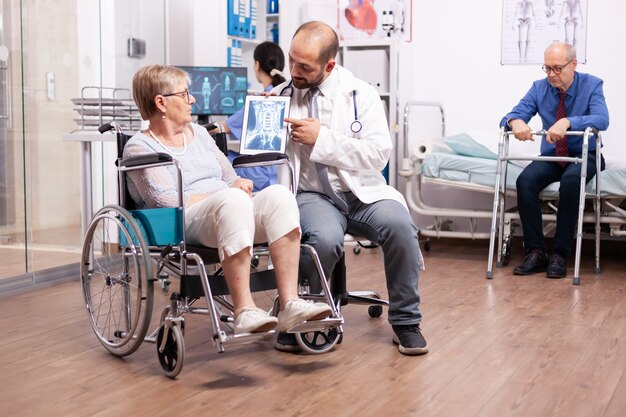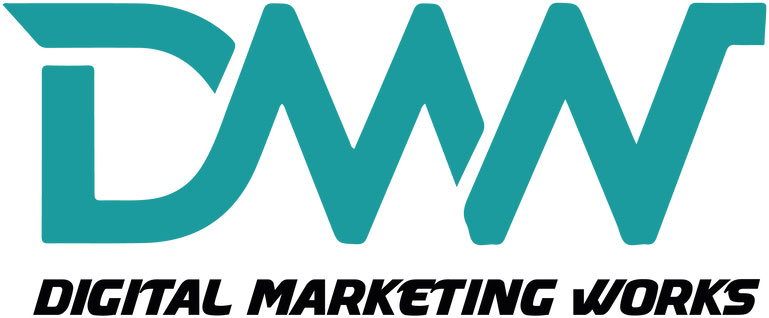Paralysis Treatment
Empowering recovery through evidence-based paralysis treatment, modern rehabilitation techniques, and patient-centered care
Paralysis Treatment Marketing in the Digital Era
Paralysis is a life-changing condition that requires timely diagnosis, advanced therapies, and compassionate long-term care. Patients and families often feel overwhelmed when searching for trusted treatment options, rehabilitation centers, or specialist doctors. In today’s digital-first world, the majority of these searches begin online—on Google, social media, or health forums.
This makes a strong digital presence essential for paralysis treatment providers, rehabilitation centers, neurologists, and physiotherapists. With the right marketing strategy, you can build credibility, guide patients with useful information, and connect with families who are actively seeking reliable care.
Why Digital Marketing is Essential for Paralysis Treatment
Healthcare decisions for paralysis are highly sensitive and trust-driven. Families don’t just search for a treatment—they search for hope, guidance, and compassionate care.
Digital marketing helps in:
- Educating families with simple explanations of therapies, recovery timelines, and lifestyle support.
- Reassuring patients through real success stories, case studies, and testimonials.
- Improving discoverability on Google for local rehab centers, neurologists, and therapy specialists.
- Building trust through professional websites, reviews, and transparent communication.
- Streamlining appointments with online booking and WhatsApp support.
- Positioning your clinic as a trusted leader in paralysis care.


What Makes Paralysis Treatment Marketing Unique?
Marketing paralysis treatment requires a different approach compared to cosmetic or general healthcare:
- Trust and Sensitivity: Families are often anxious and need clear, empathetic communication.
- Educational Content: Patients want to understand physiotherapy, occupational therapy, surgical options, and recovery timelines.
- Long-Term Engagement: Since treatment and rehab take months or years, clinics must maintain ongoing connections with patients.
- Hope & Positivity: Messaging must inspire confidence without overpromising.
- Local Community Focus: Most patients look for trusted specialists nearby, making local SEO vital.
Platforms That Work Best for Paralysis Treatment
To reach and support patients effectively, these platforms work best:
1. Google Search & Maps
Most families search “paralysis treatment near me” or “stroke rehabilitation center nearby.” Local SEO ensures you appear at the top.
2. Website
A clear, informative website builds instant trust. It should include treatment options, doctor expertise, rehabilitation programs, FAQs, and patient stories.
3. YouTube
Video storytelling is powerful here—“Steps in paralysis recovery,” “Daily exercises for stroke patients,” or “Family support tips.”
4. Facebook & Instagram
Platforms where families engage most—share motivational stories, physiotherapy tips, and awareness posts.
5. WhatsApp & Email
Great for appointment reminders, physiotherapy schedules, and sharing recovery resources.
Building Trust Through Content
For paralysis treatment, content must educate, comfort, and inspire. Families trust clinics that provide guidance before the first visit.
Effective content includes:
- FAQs & Blogs (e.g., “Can paralysis be reversed after a stroke?”).
- Doctor-led videos explaining therapies and recovery care.
- Rehabilitation tips for daily life, exercises, and caregiver support.
- Success stories from real patients (with consent).
- Awareness posts about stroke prevention, symptoms, and lifestyle changes.


What Digital Marketing Can Do for Your Clinic
With consistent digital marketing, paralysis treatment centers often achieve:
- Higher patient inquiries from search and local directories.
- Increased trust through reviews and recovery stories.
- Better awareness about therapies and long-term care.
- Improved patient retention with continuous digital engagement.
- Reputation as a leader in advanced rehabilitation.
- Reduced dependence on hospital referrals.
The results are not just about more patients—they’re about becoming the most trusted choice for recovery.
Mistakes Paralysis Treatment Clinics Should Avoid
Common pitfalls in digital marketing for paralysis care include:
- Using medical jargon instead of simple explanations.
- Not updating content regularly, leaving families with outdated info.
- Ignoring reviews or responding unprofessionally.
- Overpromising results instead of setting realistic expectations.
- Using stock images instead of real, relatable visuals.
- Neglecting local SEO, making it harder for nearby patients to find you.
Consistency, empathy, and accuracy are more powerful than any trend.
Building a Brand, Not Just a Clinic
A clinic is a facility. A brand is a promise of care and recovery.
Your branding should answer: Are you positioned as compassionate and supportive, advanced and tech-driven, or community-focused and family-oriented?
This should reflect in your website tone, clinic design, patient communication, and digital presence.
Strong branding ensures that families don’t just say: “Let’s visit that clinic.” They say: “That’s where recovery begins.”
Ready to Grow?
Whether you’re starting a rehabilitation center or looking to expand, digital marketing helps you attract the right patients, build authority, and sustain long-term trust.
With a tailored strategy—focused on patient education, local SEO, and storytelling—you can grow not just in numbers, but in reputation.
Final Thoughts
For paralysis treatment providers, every patient’s journey is about hope, recovery, and trust.
Your digital presence is the first step in that journey. Make sure it reflects compassion, professionalism, and expertise.
If you believe your work can transform lives, let digital marketing ensure patients and families see you first.
